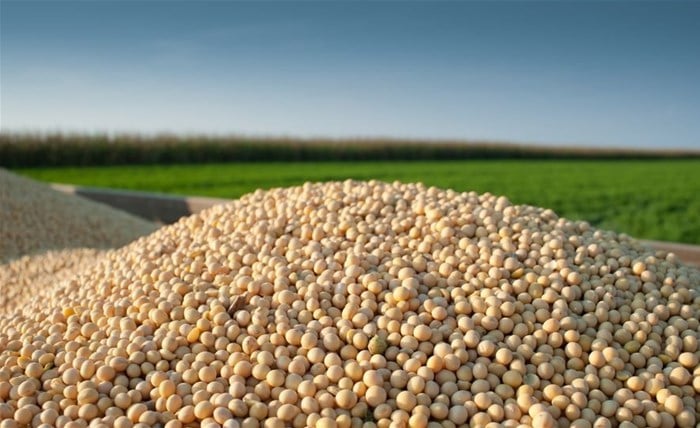






South Africa's quest to retool its poultry industry depends on increased soybean availability, a crucial ingredient in poultry feed manufacture. Roughly 50-70% of broiler production costs in South Africa are attributed to the feed, 70–80% of which is comprised of maize and soybean costs.
Yellow maize production has been a success story for South Africa for decades, as the country is usually a net exporter of the product. However, the opposite is true for soybeans. South Africa remains a significant net importer of soybean oilcake or meal, a major ingredient in poultry feed.
Nevertheless, South Africa's soybean oilcake imports declined by 56% from the record levels of nearly a million tonnes in 2010 to about 420,000 tonnes in 2019. This decline in imports has coincided with an increase in domestic soybean production. South Africa's soybean planting has been on an upside trajectory since 2009/10 when plantings were just 311,450 hectares. Since then, plantings have increased significantly, with the 2020/21 plantings estimated at 806,000 hectares.
This remarkable increase in soybean plantings is underpinned by the growing domestic demand from the poultry industry, and the broader livestock subsector. South Africa's per capita consumption of poultry meat has almost doubled over the past two decades – currently estimated at 33 kilograms.
As I have mentioned in my previous blog post; to service the growing demand for meat, the South African agribusinesses, supported by the government, made investments to increase domestic soybean processing capacity from roughly 860,000 tonnes in 2012 to current levels of over 2.2 million tonnes. The farmers responded positively to these demand changes as evidenced by the growth in plantings over the past decade.
The record 806,000 hectares of soybean plantings in 2020/21, combined with the higher-than-usual rainfall since the start of the season suggest that South Africa could have solid soybean output. So far, the largest soybean harvest on record was in the 2017/18 production season, a crop of 1,54 million tonnes, with an average yield of 1,96 tonnes per hectare. There is still uncertainty about the potential size of the yield in the current season.
But if one applies a five-year average yield of 1,82 tonnes per hectare on an area of 806,000 hectares, South Africa's soybean harvest could reach 1,47 million tonnes. This would be the second-largest harvest on record. It is also plausible that South Africa's soybeans yields could reach 2,00 tonnes per hectare, as was the case in 2016/17, a year of higher rainfall. Under such a scenario, South Africa's soybean harvest would shatter its current record at 1,61 million tonnes.
The possible increase in soybean production would also mean that soybean oilcake imports would soften somewhat from the 2019 levels of 420,000 tonnes.
Still, the implications of increased domestic soybeans production on prices will remain marginal. South Africa is a small player in the global soybean market, accounting for a mere 0,5% of global soybean production.
The South African soybean prices are primarily influenced by market developments in significant soybean-producing and consuming countries: the key producing countries are Brazil, the US, Argentina, India and Paraguay. Meanwhile, China is a significant consumer, as the country imports over 60% of globally traded soybeans. On 5 February 2021, South Africa's soybean spot price closed at R9,990 per tonne, up 65% year-on-year.
This price increase was underpinned by higher global soybean prices, which are supported by China's growing demand, which is backed by a recovery in the country's pig industry from the devastation caused by the African swine fever outbreak of 2019.
In sum, the gains in domestic soybean production, at least in the near term, won't translate into lower price changes for buyers such as poultry producers. Ultimately, the poultry producers' input costs will remain elevated despite the increase in domestic soybean production. This is yet one of the critical issues that we should be deliberately focusing on and discussing, as we attempt to retool this important industry whenever the topic of unfair poultry trade grabs headlines.
This essay first appeared on Business Day on 9 February 2021
Source: Agbiz